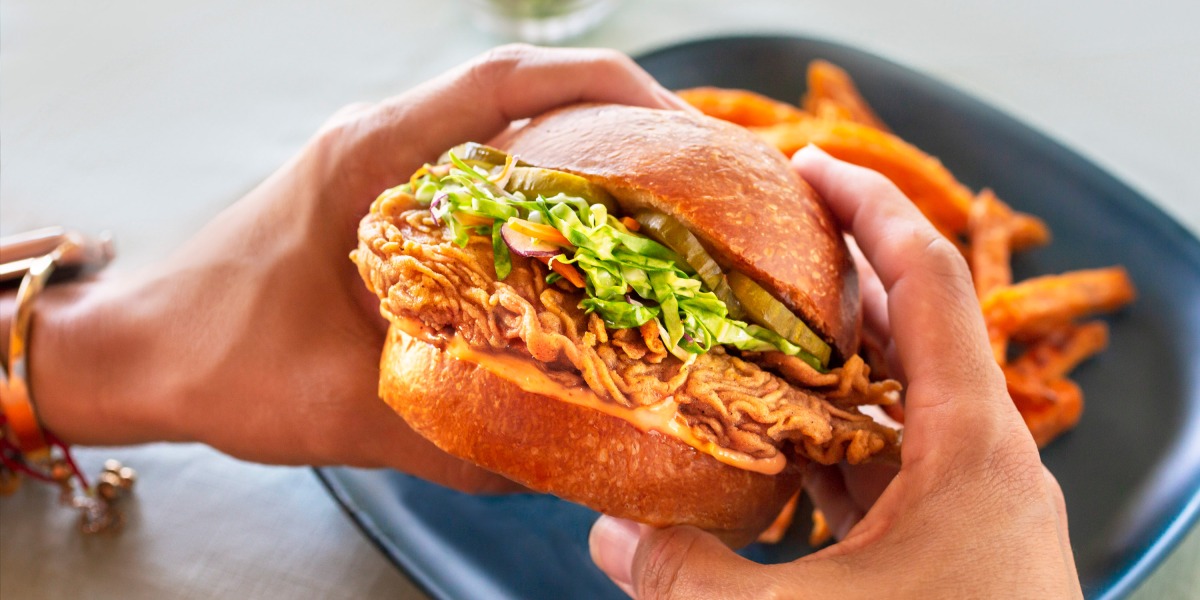
That sounds like a lot, but in the grand scheme of food production, it’s pretty tiny. Large commercial meat facilities produce millions of pounds of meat each year—and that’s the sort of scale Upside is targeting for its first commercial facility, said Eric Schulze, VP of global scientific and regulatory affairs at Upside foods, in an email.
Eat Just’s cultured meat subsidiary Good Meat runs two demonstration facilities, one in the US and one in Singapore. Those facilities use large reactors with capacities of 3,500 and 6,000 liters, respectively, said Andrew Noyes, VP of communications at Eat Just. Again, those sound like huge reactors, but the company’s plans for its first commercial operation include 10 250,000-liter reactors, and in total, capacity will be about 30 million pounds (13.6 million kg) each year.
The road ahead
While scaling up processes that have already been demonstrated in labs and pilot facilities will be a major development in the industry moving forward, I’m also fascinated to see what new sorts of products come to market in the next few years. There are over 150 companies in the cultivated meat industry, making everything from beef to tuna to products unlike anything on the market today.
A few potential bottlenecks face companies trying to bring new products to market, including developing cell lines, designing and building bioreactors, and making the meat’s structure, said Jess Krieger, founder and CEO of the cultivated meat company Ohayo Valley, in a panel discussion.
I’m especially interested in that last bit, because meat’s structure dictates so much of our experience eating it. Some people, Krieger included, want to use plants to provide it. Others plan to use manufacturing techniques: Upside Foods intends to grow its cells in ways that will help develop the fibrous texture of chicken. Still others, including Steakholder Foods, are looking to 3D-print their meat to replicate the flakiness of fish or the tenderness of a properly cooked steak.
Food is so central to our lives, and the tech working to bring new options to our plates is moving quickly. Maybe someday soon, teenagers looking to stop eating animals won’t have to give up chicken sandwiches.
Related reading
Another thing
Heat pumps and beer—name a better combination. I bet you can’t.
Industrial facilities, including breweries, often rely on fossil fuels for heating. A startup called AtmosZero is looking to replace those emissions-heavy heat sources with industrial heat pumps. The company has a partnership with New Belgium Brewing to test out one of its electric boilers next year.
